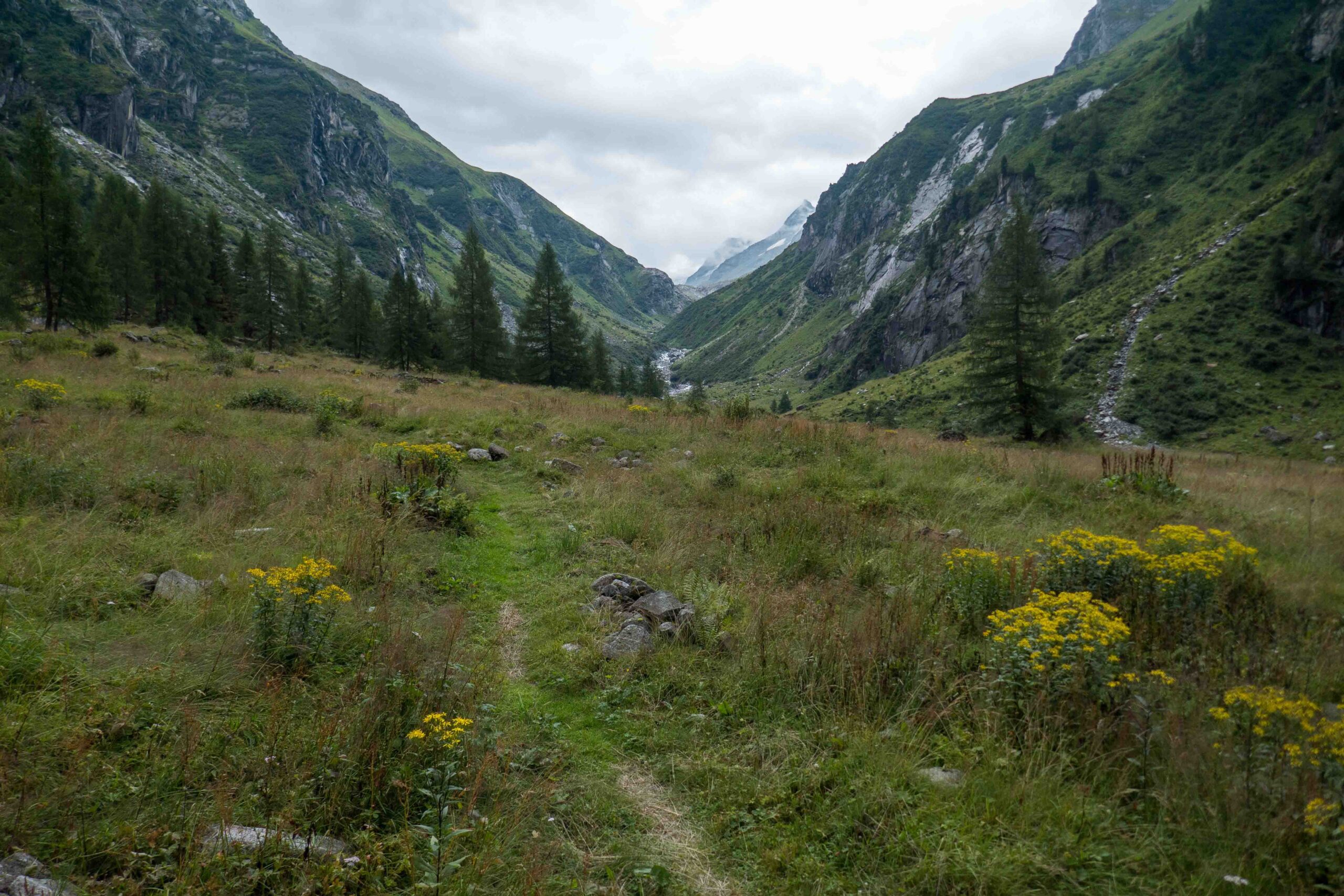The most famous European glaciers are located in the Alps, the highest mountain range of the continent. It stretches from the Mediterranean Sea to Slovenia, a distance of over a thousand kilometers. Glaciers have formed the Alps in the past and are still doing so. Geologically, as well as culturally and economically. They carve out valleys, attract many tourist, provide fresh water in summer and make them stand out. Something to be connected to.
If all glaciers in the Alps would melt, sea levels won’t even rise by a tenth of a millimeter. That’s not to say they don’t matter. For hundreds of years glaciers have inspired artists, scientists and tourists alike. This is where glaciology was born, drawn up and popularized. Now, we witness the collapse of this world of ice at unprecedented rates. May it inspire us once more, this time to act.
Glaciers cover two thousand square kilometers of the Alps, which equals to one percent of the Alps. Nobody knows exactly how much glaciers there are, but a pretty elaborate search effort found close to 4400 Alpine glaciers. A lot of them are very small: Close to three thousand measure less than one tenth of a square kilometer. Only about 150 are larger than two km2 (Paul et al, 2020). All together they presently contain one hundred cubic kilometers of ice, of which between one and two km3 melted annually over the first years this century (Sommer et al., 2020). Because of decreasing snowfall and increasing temperatures melt rates doubled recently.

Search within glacierchange: